Publications
Preliminary Resource Conservation Plan: A Countywide Functional Master Plan
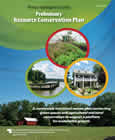
Title:
Preliminary Resource Conservation Plan: A Countywide Functional Master Plan
Author:
The Maryland-National Capital Park and Planning Commission
Prince George's County Planning Department
Publication Date:
07/01/2016
Source of Copies:
The Maryland-National Capital Park and Planning Commission
14741 Governor Oden Bowie Drive
Upper Marlboro, MD 20772
Number of Pages:
140
This countywide functional master plan combines the related elements of green infrastructure planning and rural and agricultural conservation into one functional master plan in order to streamline the process, meet state requirements for planning elements, and more efficiently update existing plans and maps. The Resource Conservation Plan was prepared in response to recommendations in the Countys general land use plan, Plan Prince Georges 2035 Approved General Plan (Plan 2035). Developed with the active participation of the community, including property owners, developers, residents, and elected officials; this document contains goals, measurable objectives, policies, and strategies pertaining to green infrastructure planning, agricultural and forestry conservation, and rural character conservation.
Related Documents:
Preliminary Addison Road Metro Center Regulating Plan
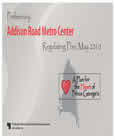
Title:
Preliminary Addison Road Metro Center Regulating Plan
Author:
The Maryland-National Capital Park and Planning Commission
Publication Date:
05/01/2010
Source of Copies:
The Maryland-National Capital Park and Planning Commission
14741 Governor Oden Bowie Drive
Upper Marlboro, MD 20772
Number of Pages:
42
This document is the preliminary Addison Road Metro Center regulating plan. It implements the recommendations of the 2002 Prince George’s County Approved General Plan and updates the 2000 Approved Sector Plan and Sectional Map Amendment for the Addison Road Metro Town Center and Vicinity and the 2009 Adopted Subregion 4 Master Plan and Endorsed Sectional Map Amendment. Developed with input from the community, this document establishes functional overlays, allocates urban neighborhoods, sets forth building envelope standards, designates locations for public space and roadways, and specifies street types.
Potomac Heritage Trail Map

Title:
Potomac Heritage Trail Map
Author:
Number of Pages:
1
Potomac Heritage National Scenic Trail Since 1975 the idea of a trail parallel to the Potomac River has been incorporated into various county trail plans and master plans. These local trail segments contribute to the idea of a continuous route between the Chesapeake Bay ‘and the Allegheny Highlands. Responding to such interest, a corridor for a Potomac Heritage National Scenic Trail was designated by Congress in 1983 as an amendment to the National Trails System Act. A study of the concept in 1987 examined the feasibility of such a multiuse trail and explored potential routes in Prince George’s County, Maryland, between Piscataway Park and the District of Columbia. In 1999 a subcommittee of the Prince George’s County’s Bicycle and Trails Advisory Group (BTAG) began to explore further routes for both an on-road bicycling route and the potential for trail alignments away from traffic to serve the needs of walkers, joggers, equestrians, and cyclists.
Related Documents:
Potomac Airfield Report
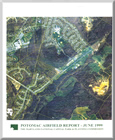
Title:
Potomac Airfield Report
Author:
The Maryland-National Capital Park and Planning Commission
Prince George's County Planning Department
Publication Date:
06/01/1999
Source of Copies:
The Maryland-National Capital Park and Planning Commission
14741 Governor Oden Bowie Drive
Upper Marlboro, MD 20772
Number of Pages:
172
This report includes discussions of the background, history, aviation regulations, regional airspace, safety and accident probabilities, noise, various alternatives for ultimately solving this planning dilemma and recommendations.
Related Documents:
2010 Approved Central Annapolis Road Sector Plan and Sectional Map Amendment
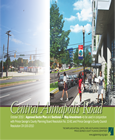
Title:
2010 Approved Central Annapolis Road Sector Plan and Sectional Map Amendment
Author:
The Maryland-National Capital Park and Planning Commission
Prince George's County Planning Department
Publication Date:
10/01/2010
Source of Copies:
The Maryland-National Capital Park and Planning Commission
14741 Governor Oden Bowie Drive
Upper Marlboro, MD 20772
Number of Pages:
194
The 2010 Approved Central Annapolis Road Sector Plan and Sectional Map Amendment (SMA) was prepared to amend portions of the 1994 Bladensburg-New Carrollton and Vicinity Approved Master Plan and Sectional Map Amendment. The plan also amends the 2002 Prince Georges County Approved General Plan and the 2009 Approved Countywide Master Plan of Transportation. Developed with broad public participation, this document presents background information, the plan vision, and a discussion of the three primary elements that frame that vision The Road, The Corridor, and The Community. The plan contains policies and strategies for land use, economic development, transportation systems, urban design, and revitalization, and envisions a livable, pedestrian-friendly, and vibrant community in the sector plan area. The creation of mixed-use development and commercial centers will attract new residents, quality retail, and jobs while preserving and strengthening the existing residential neighborhoods. The SMA implements zoning changes to allow implementation of the plan vision and the land use concepts in the sector plan.
Related Documents:
2008 Approved Capitol Heights Transit District Development Plan and Transit District Overlay Zoning Map Amendment
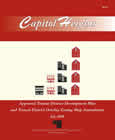
Title:
2008 Approved Capitol Heights Transit District Development Plan and Transit District Overlay Zoning Map Amendment
Author:
The Maryland-National Capital Park and Planning Commission
Prince George's County Planning Department
Lee and Associates
Publication Date:
07/01/2008
Source of Copies:
The Maryland-National Capital Park and Planning Commission
14741 Governor Oden Bowie Drive
Upper Marlboro, MD 20772
Number of Pages:
128
This document contains text and maps of the approved transit district development plan (TDDP) and transit district overlay zoning map amendment for the Capitol Heights Metro Station and vicinity. This plan contains a new TDOZ and transit district overlay zone (TDOZ) and amends portions of the 1993 Approved Master Plan and Sectional Map Amendment for Landover and Vicinity (Planning Area 72) and the 1986 Approved Master Plan for Suitland-District Heights and Vicinity, Planning Areas 75A and 75B. Developed by M-NCPPC with the assistance of the community, this plan contains a comprehensive development vision, development review process requirements, and form-based development standards and guidelines. Together, these elements comprise the Capitol Heights Transit District Development Plan (TDDP). It controls and guides the use and development of all land within the Transit District Overlay Zone (TDOZ) from the initial submittal of plans to the issuance of permits. Together, the TDOZ and TDDP are intended to foster transit-oriented development that increases the use of public transit, maximizes return on investment in transit facilities and services, encourages appropriate development near transit stations with coordinated urban design elements, and increases local tax revenues.
Potential Greenbelt Historic District Design Guidelines Draft
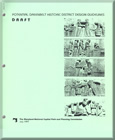
Title:
Potential Greenbelt Historic District Design Guidelines Draft
Author:
The Maryland-National Capital Park and Planning Commission
Prince George's County Planning Department
Source of Copies:
The Maryland-National Capital Park and Planning Commission
14741 Governor Oden Bowie Drive
Upper Marlboro, MD 20772
Number of Pages:
166
This Potential Greenbelt Historic District Design Guidelines study was undertaken by the Prince Georges County Planning Department at the request of the City of Greenbelt through the Planning Assistance to Municipalities and Communities program (Fiscal Year 1997). The document that follows was produced by the Planning Departments Historic Preservation Section and Urban Design Planning Division in coordination with the Greenbelt Homes, Inc., (GHI) Ad Hoc Historic District Study Committee. The purpose of the document is to put forth all of the procedures and standards that would affect property owners if a locally designed historic district were established in Greenbelt.
Related Documents:
2008 Approved Branch Avenue Corridor Sector Plan and Sectional Map Amendment
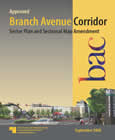
Title:
2008 Approved Branch Avenue Corridor Sector Plan and Sectional Map Amendment
Author:
The Maryland-National Capital Park and Planning Commission
Prince George's County Planning Department
Publication Date:
09/01/2008
Source of Copies:
The Maryland-National Capital Park and Planning Commission
14741 Governor Oden Bowie Drive
Upper Marlboro, MD 20772
Number of Pages:
168
The Approved Branch Avenue Corridor Sector Plan and Sectional Map Amendment comprises text, maps, illustrations, and pictures. The sector plan amends portions of the 2000 Approved Master Plan and Sectional Map Amendment for the Heights and Vicinity (Planning Area 76A) and the 2002 Prince George’s County Approved General Plan. Developed with broad public participation, this document presents background information, the vision for the area, and a discussion of the five elements that frame the vision-Land Use and Economic Development, Design and Appearance, Infrastructure to Support the Plan, Quality of Life, and Community Involvement. The plan recommends the designation of the Naylor Road Metro Station as a Regional Center with a mixed use, high-density residential/office/retail land use classification, and the Iverson-Marlow Heights Mixed-Use Center as a node on the Branch Avenue Corridor with a mixed-use, medium-density residential/office/ retail land use classification. The plan contains policies and strategies for land use, economic development, urban design, parks and recreation, transportation systems (including roadways, transit, bicycle, pedestrian, and trail facilities), revitalization, public safety, and community involvement. The overall objective of these policies and strategies is to revitalize and redevelop the sector plan area, thereby improving its visual appeal and providing pedestrian- and transit-oriented, mixed-use development that will create a positive sense of place and attract new residents, quality retail, and jobs while preserving and strengthening the existing residential neighborhoods. The sectional map amendment (SMA) contains zoning changes to allow implementation of the plan vision and the land use concepts in the sector plan.
Related Documents:
 BAC_1_cover_front
BAC_1_cover_front
 BAC_chapter1_and_2_Introduction
BAC_chapter1_and_2_Introduction
 BAC_chapter3_a_Analysis
BAC_chapter3_a_Analysis
 BAC_chapter3_b_Analysis
BAC_chapter3_b_Analysis
 BAC_chapter4_Vision
BAC_chapter4_Vision
 BAC_chapter5_a_Action_Plan
BAC_chapter5_a_Action_Plan
 BAC_chapter5_b_Action_Plan
BAC_chapter5_b_Action_Plan
 BAC_chapter5_c_Action_Plan
BAC_chapter5_c_Action_Plan
 BAC_chapter6_a_Sectional_Map_Amendment
BAC_chapter6_a_Sectional_Map_Amendment
 BAC_chapter6_b_Sectional_Map_Amendment
BAC_chapter6_b_Sectional_Map_Amendment
 BAC_chapter6_c_Sectional_Map_Amendment
BAC_chapter6_c_Sectional_Map_Amendment
 BAC_chapter6_d_Sectional_Map_Amendment
BAC_chapter6_d_Sectional_Map_Amendment
 BAC_chapter7_Timeline_and_appendices
BAC_chapter7_Timeline_and_appendices
Plan Prince George's 2035 Approved General Plan Five-Year Evaluation (2019)
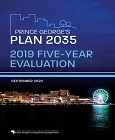
Title:
Plan Prince George's 2035 Approved General Plan Five-Year Evaluation (2019)
Author:
The Maryland-National Capital Park and Planning Commission
Prince George's County Planning Department
Source of Copies:
The Maryland-National Capital Park and Planning Commission
14741 Governor Oden Bowie Drive
Upper Marlboro, MD 20772
Number of Pages:
78
A comprehensive 20-year general plan, the 2014 Plan Prince George’s 2035 Approved General Plan (Plan 2035) articulates a shared vision for making Prince George’s County a competitive force in the regional economy, a leader in sustainable growth, a community of strong neighborhoods and municipalities, and a place where residents are healthy and engaged. Plan 2035 specifies indicators of success and growth management targets to measure progress toward the vision and goals described in Plan 2035. This 2019 Plan 2035 Five-Year Evaluation Report quantifies the indicators of success and identifies where progress has been made and where improvements are needed. The report measures the growth management policy regarding dwelling units and jobs targets by growth policy areas.
1994 Planning Area 68 Approved Master Plan and Sectional Map Amendment
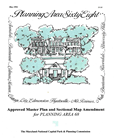
Title:
1994 Planning Area 68 Approved Master Plan and Sectional Map Amendment
Author:
The Maryland-National Capital Park and Planning Commission
Prince George's County Planning Department
Source of Copies:
The Maryland-National Capital Park and Planning Commission
14741 Governor Oden Bowie Drive
Upper Marlboro, MD 20772
Number of Pages:
170
This document contains maps and supporting text of the Approved Planning Area 68 Master Plan and the Adopted Sectional Map Amendment (SMA). The Plan supersedes the 1974 Planning Area 68 Master Plan. The zoning proposals contained herein supersede the 1982 SMA. This Plan is also an amendment to The General Plan for the Maryland-Washington Regional District within Prince George’s County, Maryland, approved by the County Council in 1982; the 1983 Master Plan for Public School Sites; the 1992 Historic Sites and Districts Plan; the 1975 Countywide Trails Plan (including the 1985 Equestrian Addendum); the 1982 Master Plan of Transportation; and the 1990 Public Safety Master Plan. Developed by the Commission with the assistance of the Planning Area 68 Citizens Advisory Committee and other interested community participants, the Plan includes a vision for the future of the community developed by the committee. It also includes an historical overview and a community profile of the development of the communities of the Planning Area. Planning themes which were identified for the Planning Area include community reinvestment, transportation and natural resources. The central theme established for the Plan is to create a supportive and committed partnership among representatives from County and local government, residents and businesses to develop and implement strategies that improve the community. Goals, objectives and recommendations to guide public policy and investment in the Planning Area are presented for the eight major elements of the Plan: residential neighborhoods, commercial areas, industrial employment centers, the transportation and circulation network, the trails system, parks and recreation, natural resources and public facilities. Since a major focus of the Plan is on revitalization, specific recommendations addressing community revitalization needs are presented, including two new zones for the US 1 corridor. Detailed revitalization plans are also presented for the Hyattsville, Mount Rainier and Riverdale Town Centers and for the Brentwood and North Brentwood Industrial Employment District. Specific action steps are identified to implement major plan recommendations. The SMA includes other zoning changes which are also designed to implement the Plan’s recommendations.
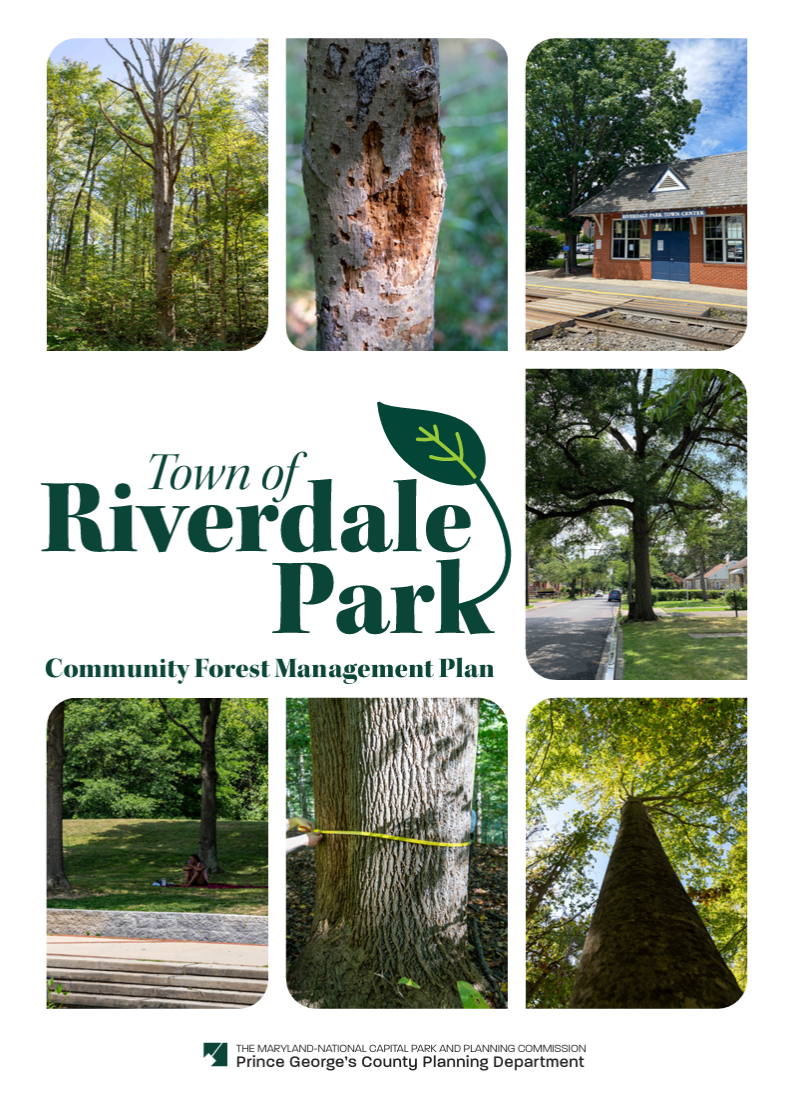
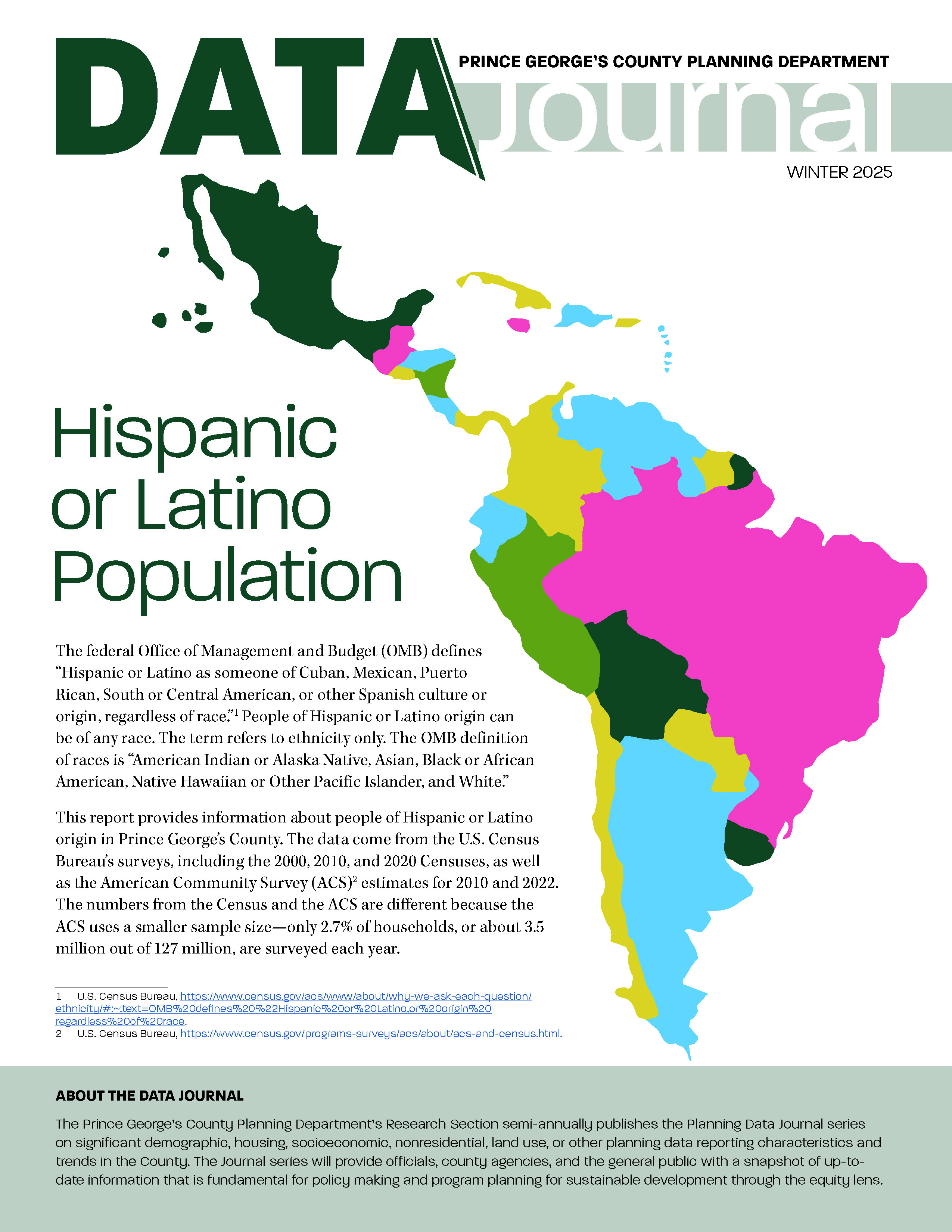
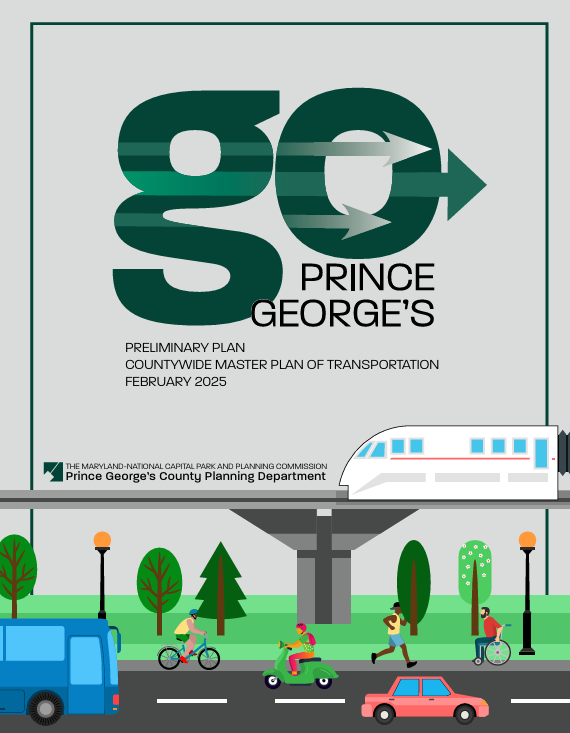

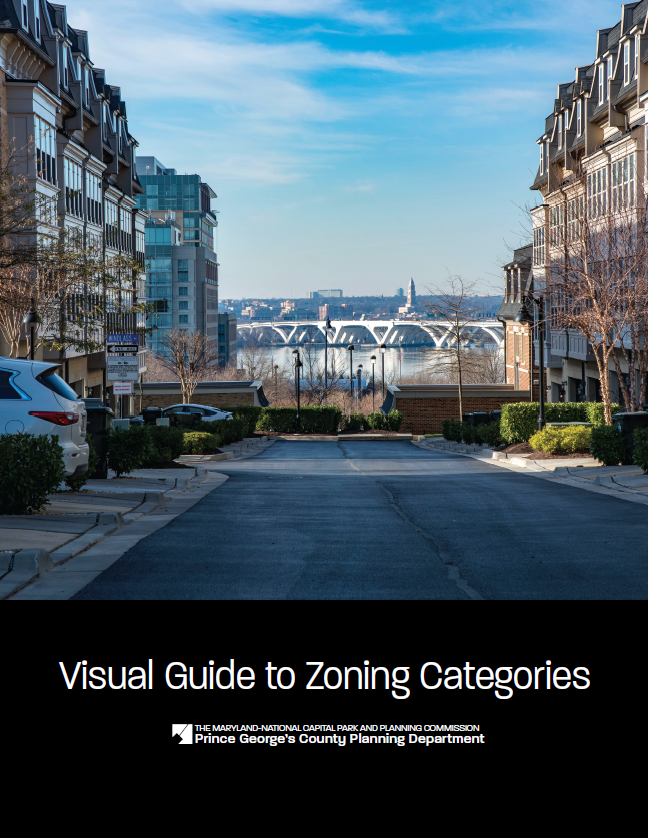
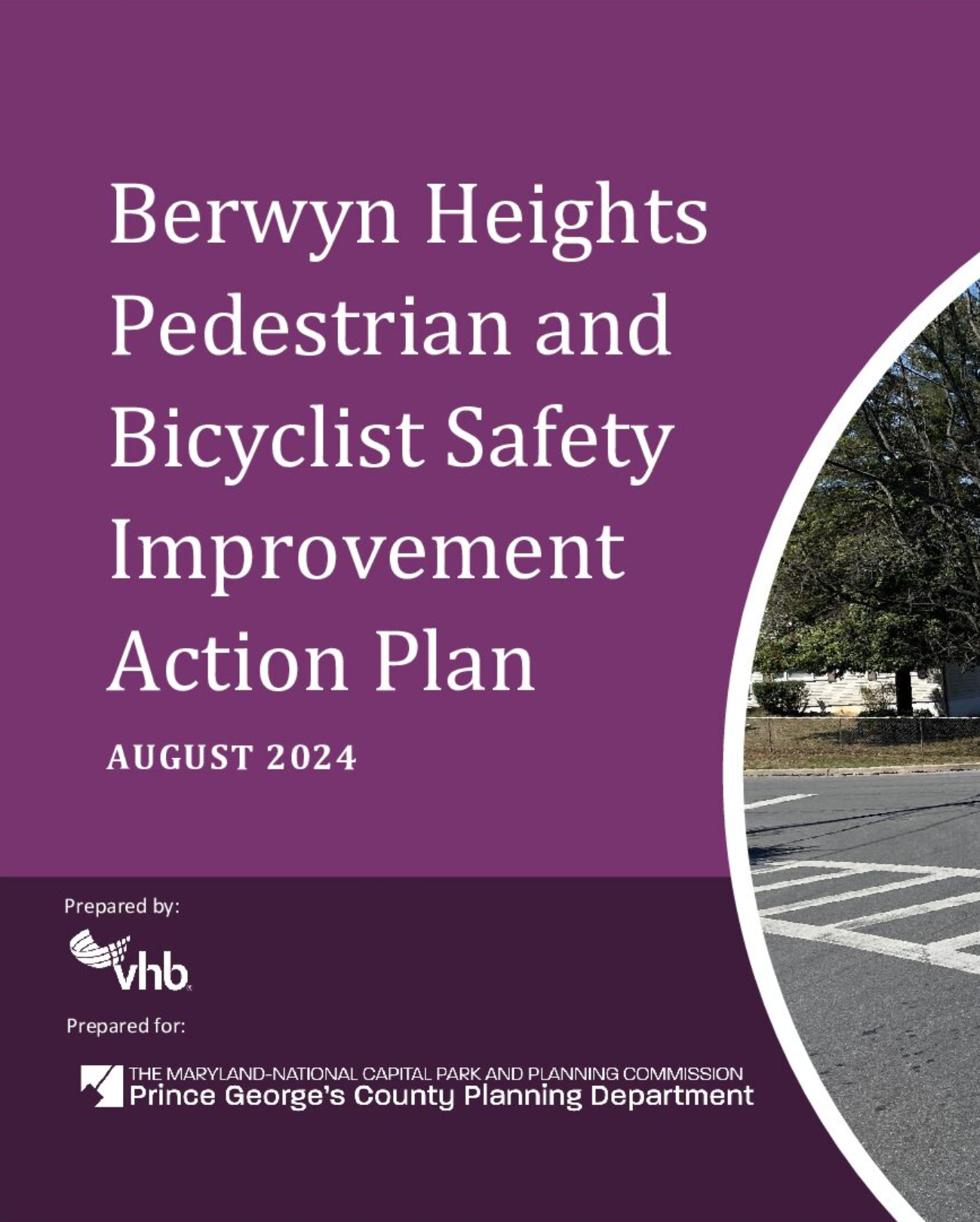
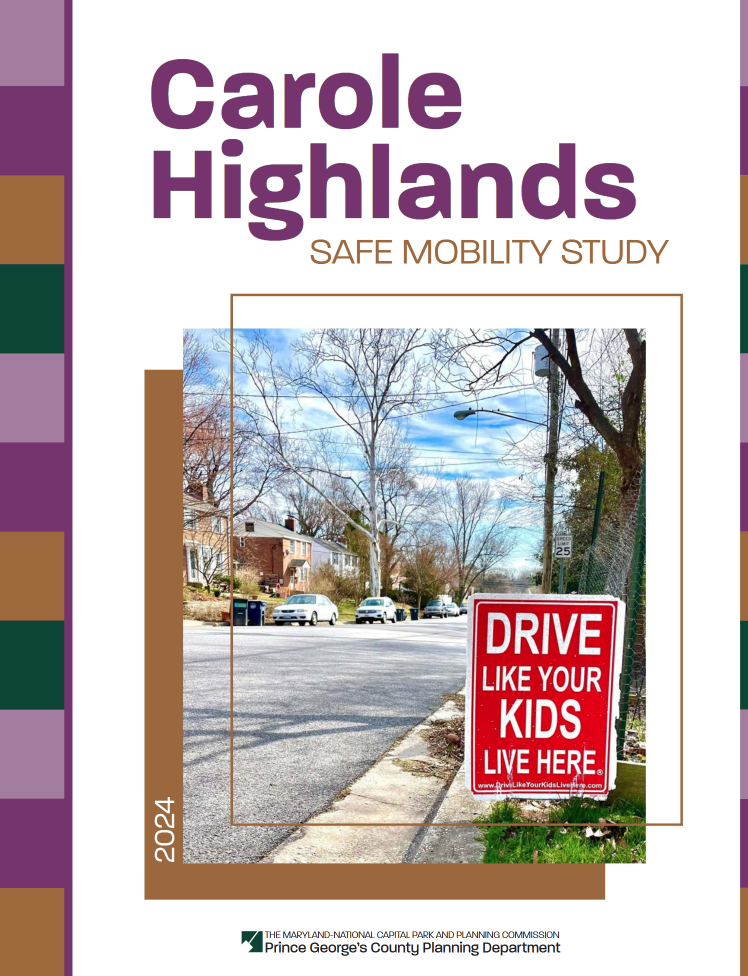
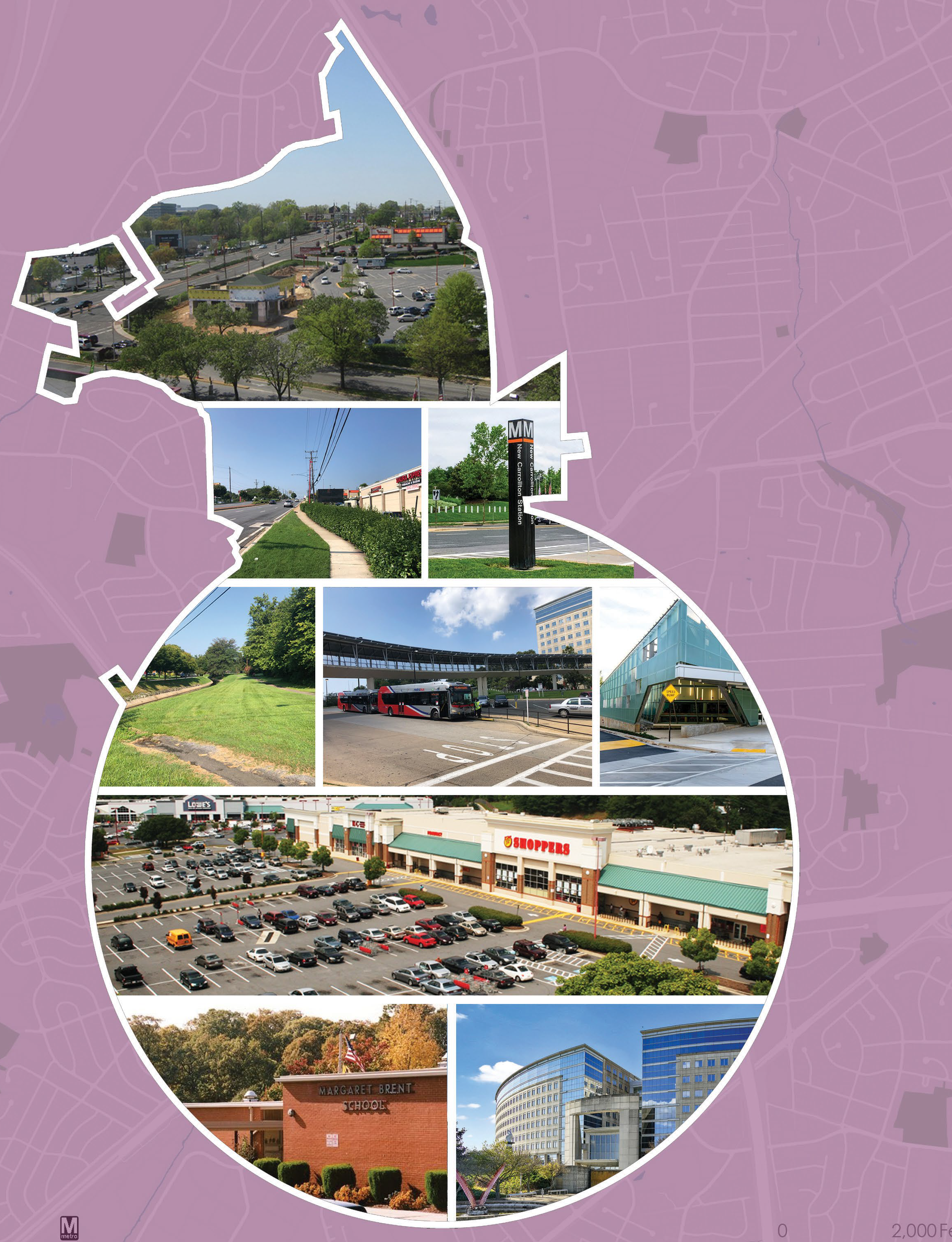

 Potomac Heritage National Scenic Trail
Potomac Heritage National Scenic Trail